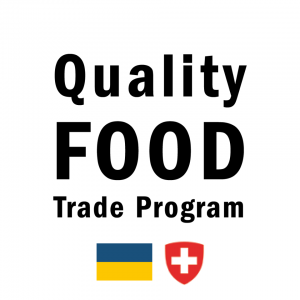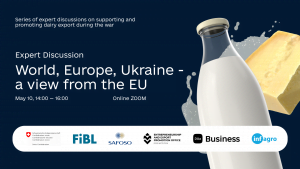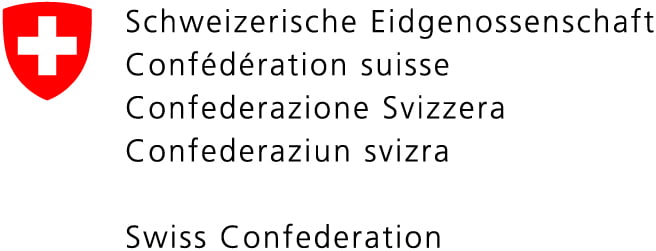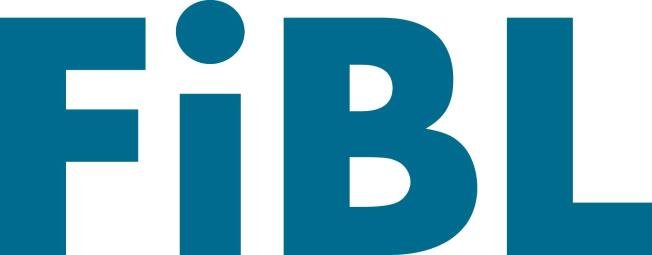On 10 May the second expert discussion took place during which Ukrainian and international experts discussed the main trends in the dairy sector in the world and Ukraine from the perspective of the European experts.
Alexander Anton, Secretary General at the European Dairy Association (EDA), indicated that milk and dairy products were excluded from the list of trade restrictions of the five neighbouring countries thanks to joint efforts of EDA and the Union of Dairy Enterprises of Ukraine. EDA supports the EU approach to zero duties and quotas, and Mr Anton noted that the Ukrainian dairy sector is already part of the EU lactosphere, but its further integration is limited due to the need of annual updating of the approach and logistical problems, in particular, queues of trucks at the borders and strikes of truck drivers. It is important to look to the future now. That is why EDA has recently commissioned the study of the dairy landscape in the EU and Ukraine by 2030 with two assumptions: the end of the war and full integration of the Ukrainian dairy industry into the EU. The General Secretary of EDA already expressed his certainty in the positive results of this research for both sites.
According to Mr. Anton the dairy sector of Ukraine is highly competitive and its dairy culture is genuine in terms of production, processing and consumption of milk. This is confirmed by the commitment of the international dairy companies to Ukraine. The Ukrainian dairy industry processes approximately one-third of 8 million tonnes of milk produced annually and fully complies with international standards. Milk is transformed into value-added products suitable for the international markets, particularly, the EU market.
Jukka Likitalo, General Secretary at Eucolait, presented the current global and European trends of the dairy market.
In 2020-2023 global dairy production continues to grow, but, according to the EU forecast, the annual growth will slow down to -0.2%. Milk prices remain historically high, but the downward and stabilization trend can already be observed. The global dairy export in milk equivalents experienced its first decline in global trade in two decades which continued in Q1 2023, but in the short-term perspective, the decline in prices should stimulate demand.
The world’s largest dairy importers are China (22%), Mexico (7%), Indonesia (6%), Algeria, (5%), Philippines, the UK, Japan (4% each), EU-27, the USA, Saudi Arabia, Malaysia, Thailand (3% each), and Vietnam (2%). The largest drop in import in 2022 was observed in China (-15%) and Vietnam (-19%).
In his presentation, Mr. Likitalo noted that compared to 2021 Ukraine increased dairy export several times and this trend continues, i.e. it continues growing in 2023. According to Mr. Likitalo Ukraine has to become part of the European Union, although the accession process might take a long time (even when there is a political will to speed up this process). But if we talk about the dairy sector, DCFTA and the current suspension of tariffs is positive for future quick integration of the sector. The integration into the EU opens up new export opportunities to the EU and other world markets.
Agnieszka Maliszewska, 1st Vice President of COGECA and Director of the Polish Chamber of Milk, which represents 80% of the Polish dairy market with a production volume of 14.5 million tonnes, told about the problems in relations between Poland and Ukraine, as well as the Polish dairy sector.
Poland is the 3rd largest dairy producer in the EU and 12th in the world with 2% share of global milk production. According to the Central Statistical Office of Poland, milk production in Poland reached 14,500 million litres in 2022. About 140 dairy plants operate in Poland, half of them are small and local processors. Dairy cooperatives play a dominant role in milk production and processing, they make almost 70% of dairy plants in the country with a share of 75-80% in milk purchases. Poland has the 3rd largest dairy cow herd size in the EU after Germany and France (2,037 thousand cows in December 2022). The main products that Poland produces are liquid milk (3,720 thousand tonnes), cream (472 thousand tonnes), yoghurt (380 thousand tonnes), and cheese (511 thousand tonnes).
In addition, Ms Maliszewska expressed her opinion about the decision of the Polish government to prohibit dairy import from Ukraine. According to her, this decision was not discussed with the dairy sector and came as a surprise. That is why substantial communication work was conducted with the stakeholders to avoid a potentially dangerous decision both for the Polish dairy sector and relations between dairy communities of the two countries. Ms. Maliszewska urged the representatives of the European and Ukrainian dairy sectors and officials to meet at the international forum dedicated to the relation in the dairy sector which will be held in Poland in autumn.
For the full video recording of the event follow the link.
It should be noted that the series of events has taken place for the second consecutive year. Overall, three meetings are planned. For the results of the first meeting follow the link.
The third expert discussion “Opportunities for Ukrainian Exporters on the International Markets” will take place at 14:00 on 24 May. During the meeting the participants will discuss the tools for export promotion and financial support of export activities, of businesses, prospects of FTA with the EU and other countries, peculiarities of entering new markets. In addition, the overview of potential sales markets for Ukrainian goods will be presented.
________________________
This series of events is conducted by the State Enterprise “Export and Entrepreneurship Promotion Office”, national project Diia.Business and analytical agency INFAGRO with support of Switzerland in the frame of the Swiss-Ukrainian Project “Higher Value Added Trade from the Organic and Dairy Sector in Ukraine” implemented by the Research Institute of Organic Agriculture (FiBL, Switzerland) in partnership with SAFOSO AG (Switzerland).




